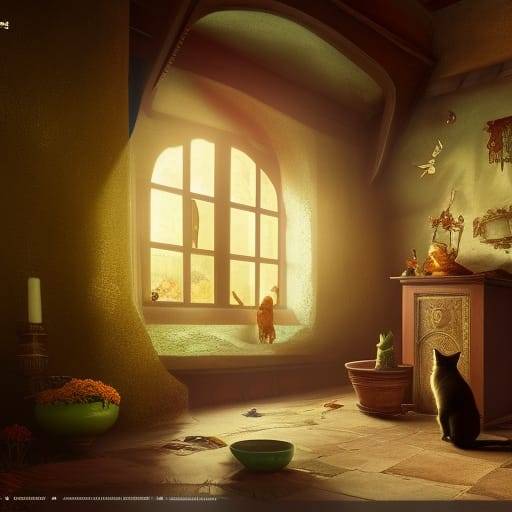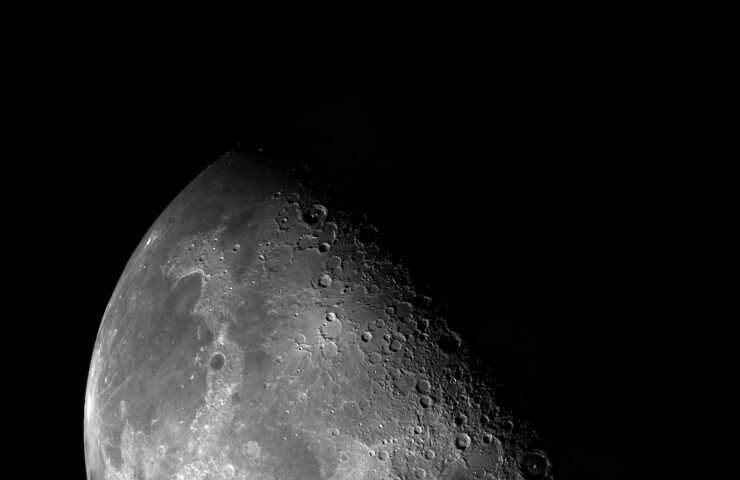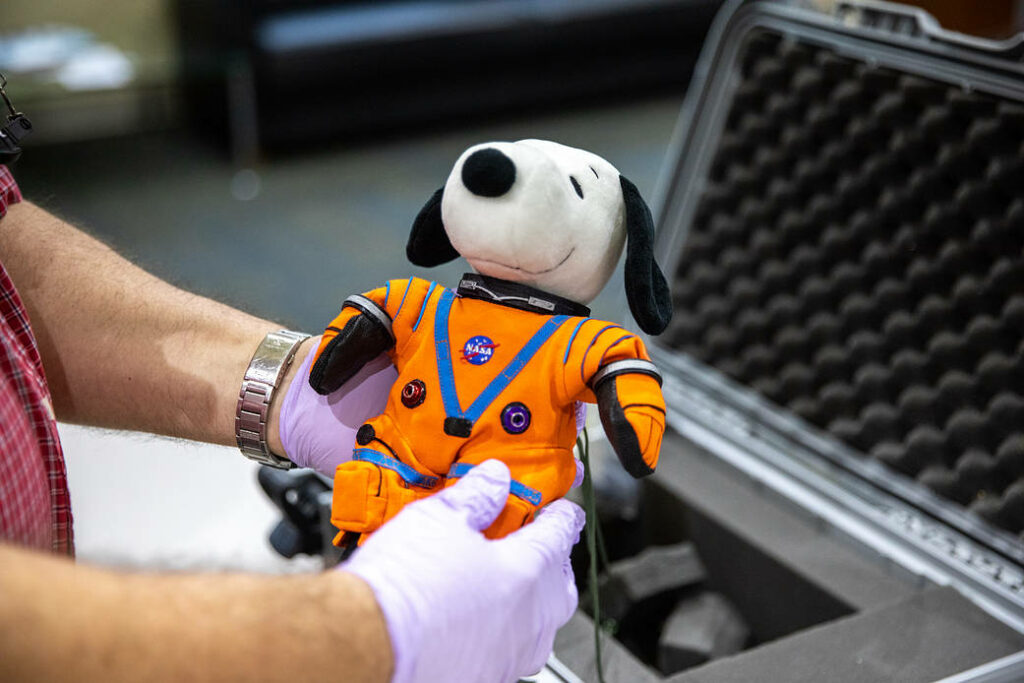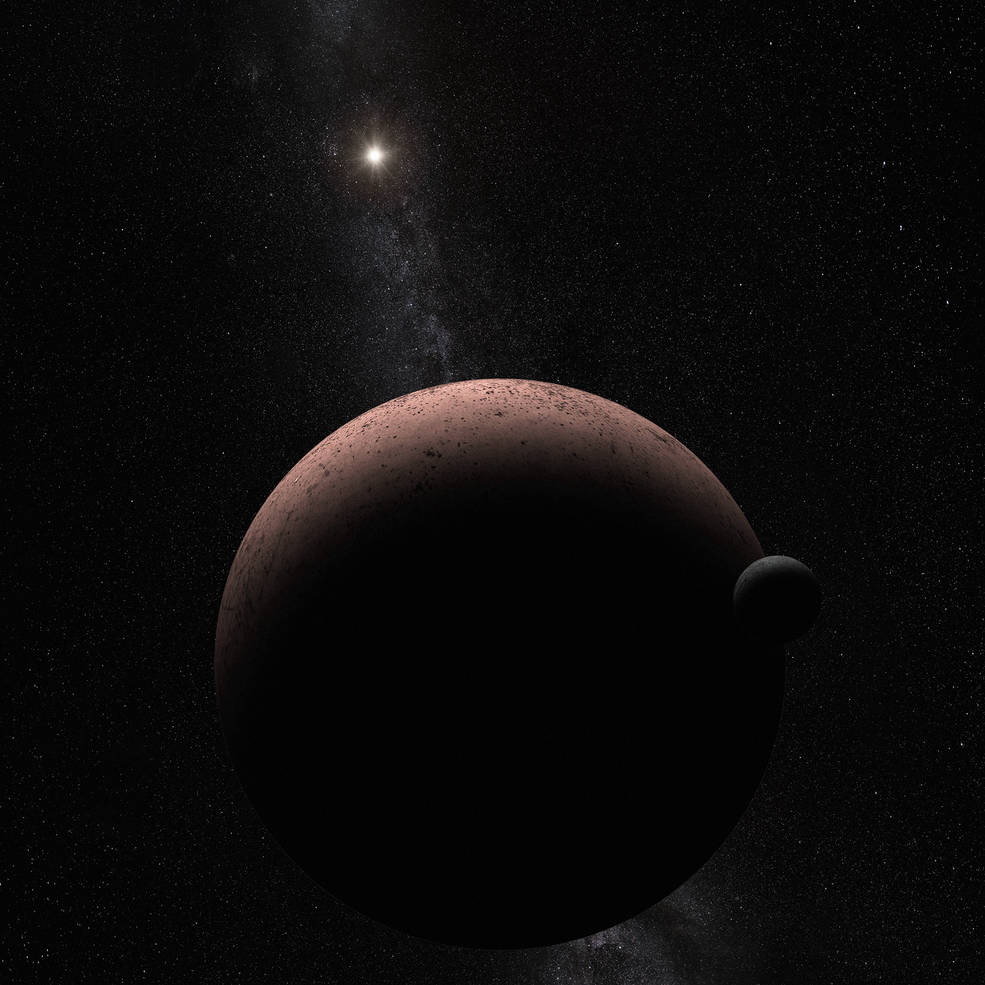We were in front of the screen, in my office. Just trying to fix something; I can’t remember exactly. Internet site stuff, anyway. At one point the colleague tells me something like open Chrome, let’s see… and I say no, I don’t have Chrome, I use Vivaldi instead to which she, in return, ah well, but then!
How to say, then you are going to look for troubles! And here I would like to plead. Because the colleague’s exclamation is largely the result of misinformation. If you meant that that particular site should be viewed with Chrome and not with a browser that you don’t trust (because you still don’t know it), well you’re probably wrong. At lest in this situation. Chrome and Vivaldi are built around the same core, which as we know is Chromium . Therefore, the rendering of the various sites does not present substantial differences. In other words, what looks good with Chrome looks good with Vivaldi. And viceversa.
(more…)






